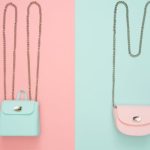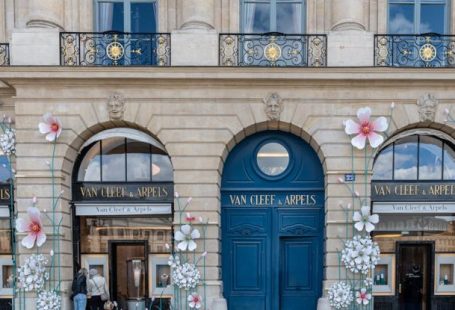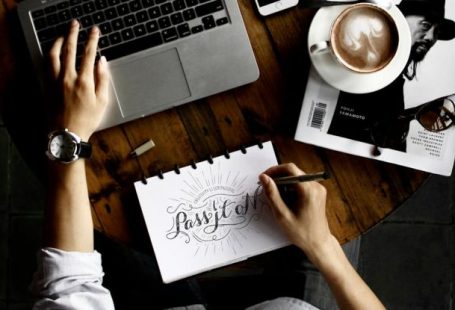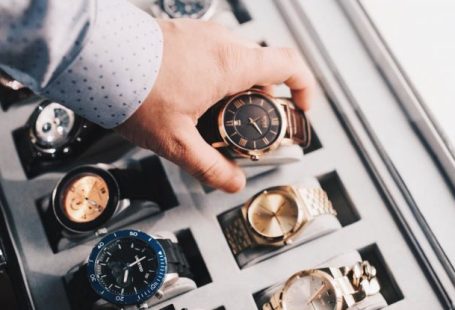Designer clothes have always been a coveted item for fashion enthusiasts, but with the rise of counterfeit products flooding the market, it has become increasingly challenging to distinguish between the real deal and knockoff items. The allure of owning a designer piece at a fraction of the cost can be tempting, but it’s essential to be able to spot fake designer clothes to ensure you’re getting your money’s worth. Here are some tips to help you identify counterfeit designer items and avoid falling victim to counterfeit scams.
Research the Authenticity Markings
One of the first things to look for when trying to spot fake designer clothes is the authenticity markings. Most luxury brands have specific logos, tags, and serial numbers that are unique to their products. Take the time to familiarize yourself with these markings by visiting the official website of the designer or by studying authentic products in-store. Pay close attention to the quality of the stitching, the placement of labels, and the overall craftsmanship of the item. Counterfeit products often have sloppy stitching, misspelled brand names, and poorly attached labels, which are telltale signs of a fake.
Examine the Fabric and Materials
Another way to spot fake designer clothes is by examining the fabric and materials used in the garment. Luxury brands are known for using high-quality fabrics and materials that are durable and long-lasting. If the item feels cheap, flimsy, or rough to the touch, it’s likely a counterfeit. Pay attention to the weight of the fabric, the texture, and the overall feel of the garment. Authentic designer clothes are made with precision and attention to detail, so any discrepancies in the fabric quality should raise a red flag.
Check the Price
One of the most obvious indicators of fake designer clothes is the price. If a designer item is being sold at a significantly lower price than its retail value, it’s probably too good to be true. Luxury brands have strict pricing policies and rarely offer discounts on their products. If a seller is offering a designer item at a fraction of the cost, it’s likely a fake. Be wary of deals that seem too good to be true and always do your research before making a purchase.
Inspect the Packaging
Authentic designer clothes often come with high-quality packaging, including dust bags, boxes, and authenticity cards. Counterfeit products may try to mimic this packaging, but there are usually noticeable differences in the quality and design. Inspect the packaging for any misspelled words, crooked logos, or flimsy materials. Authentic designer items are presented in luxurious packaging that reflects the brand’s image and attention to detail. If the packaging looks cheap or poorly made, it’s a sign that the item may be a fake.
Trust Your Instincts
At the end of the day, one of the best ways to spot fake designer clothes is to trust your instincts. If something feels off or too good to be true, it probably is. Pay attention to the overall shopping experience, the reputation of the seller, and any gut feelings you may have about the authenticity of the item. If you have any doubts, it’s better to walk away and avoid purchasing a potential counterfeit product.
In conclusion, spotting fake designer clothes requires a keen eye for detail and a thorough understanding of the brand’s authenticity markings. By researching the brand, examining the fabric and materials, checking the price, inspecting the packaging, and trusting your instincts, you can avoid falling victim to counterfeit scams and ensure that you’re investing in authentic designer items. Remember, authenticity is key when it comes to designer fashion, so take the time to verify the legitimacy of the products you’re purchasing to avoid being duped by counterfeiters.





